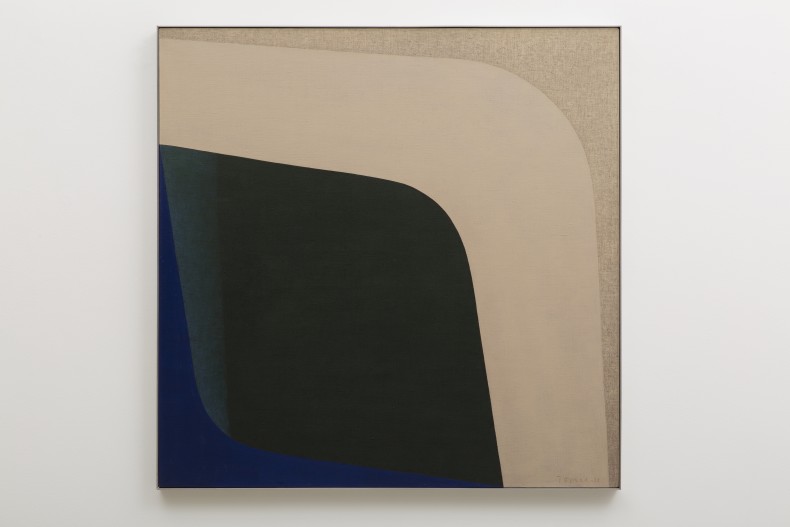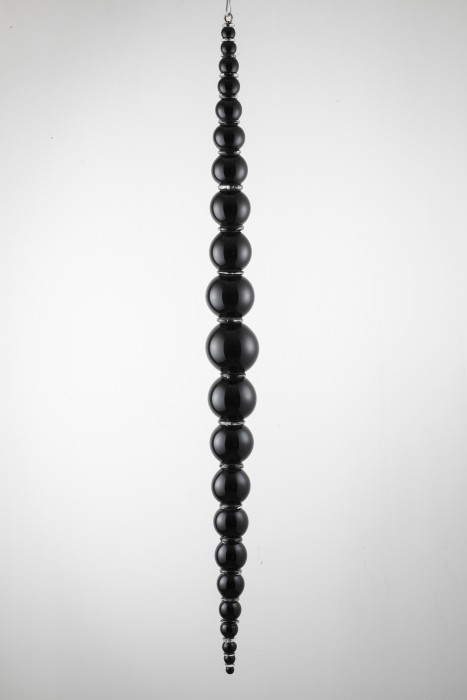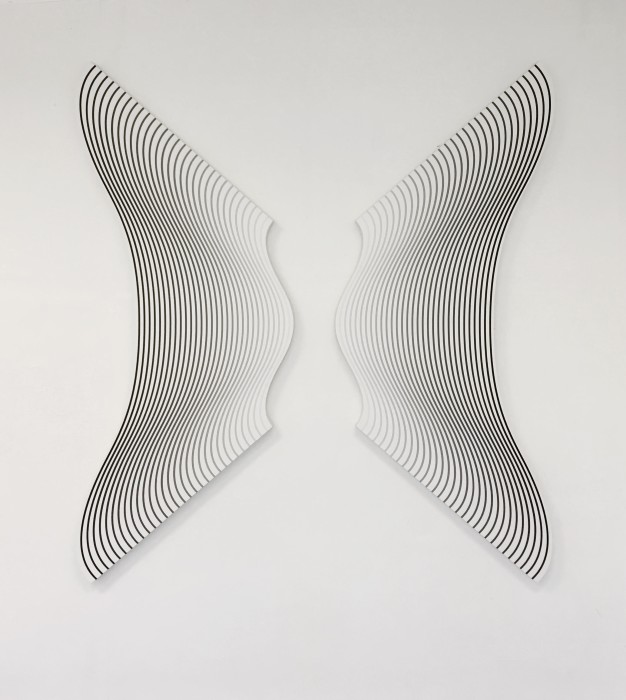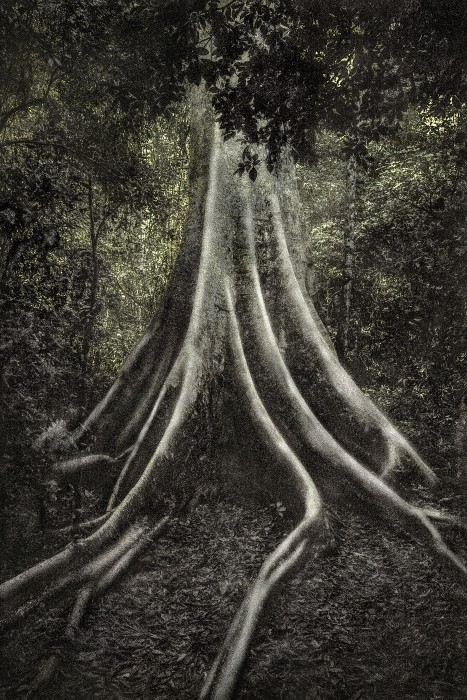Galeria Nara Roesler will present a selection of recent and historical works by ten Brazilian and international artists for FIAC's final edition at the Grand Palais; including Carlito Carvalhosa, Philippe Decrauzat, Lucia Koch, Artur Lescher, Vik Muniz, Tomie Ohtake, Helio Oiticica, Julio le Parc, Cassio Vasconcellos and Xavier Veillan.
While aiming to provide an overview of this year's programme at the gallery, the current selection arguably approximates Brazilian artists and the francophone world by showing French artist Xavier Veilhan, Paris-based Julio le Parc and Swiss Philippe Decrauzat, along with a group of Brazilian artists who represent different aspects of a manifold programmatic mission.
Cassio Vasconcellos and Philippe Decrauzat are recent additions to the gallery's roster who engage with a diverse set of artistic endeavours. Decrauzat's work A Fragment Delay (2019) proposes a contemporary dialogue with Kinetic artists, such as Julio le Parc and his Quatre positions gamme du 2 au 8 (1970/2018). On the other hand, Cassio Vasconcellos, who is currently exhibiting at Fondation Cartier, introduces pictorial investigations that reflect on the state-of-the-art of photography. Similarly, Vik Muniz's appropriation of Sonia Delaunay's 1938 Rythm, offers new narrative layers on discussions around painting versus photography and visuality itself.
Neo-concretism, one of the most important movements in Brazilian art history, was a period when artists sought to stretch the boundaries of geometry, to find expressiveness into their formal investigations. Both Tomie Ohtake and Helio Oiticica have engaged with the Neoconcrete movement and can be seen with historical works in Nara Roesler's booth.
Ohtake's Untitled (1980) created a crucial period in her career when she made several square paintings with circular forms within, investigating tensions between geometric rigidity versus movement and flow. Whereas in Metaesquema 189 (1958), we see Helio Oiticica on the zenith of investigations around an art form that would correspond to his and Grupo Frente's ideas of the "non-objectification" of art.
Artur Lescher, Lucia Koch and Xavier Veilhan all present tri-dimensional works. Their vocabularies experiment with sculpture as a genre utilising industrial materials and techniques. Lescher's suspended pendulums and their apparent formal austerity, in fact, express the desire for a deeper understanding of spatiality, in the same way as Koch's Carta (2019), which plays with the idea of light as a form of writing. Xavier Veilhan's two pieces, Saint Jean and Mobile nº9, both from 2019, also pay homage to the canons of sculpture history.
Finally, Carlito Carvalhosa's experiments with wax and paint on mirror or wood investigate materiality by layering reflective and opaque, malleable and rigid elements, creating a twofold visual movement that can ultimately make audience and space visible in the artworks themselves.



